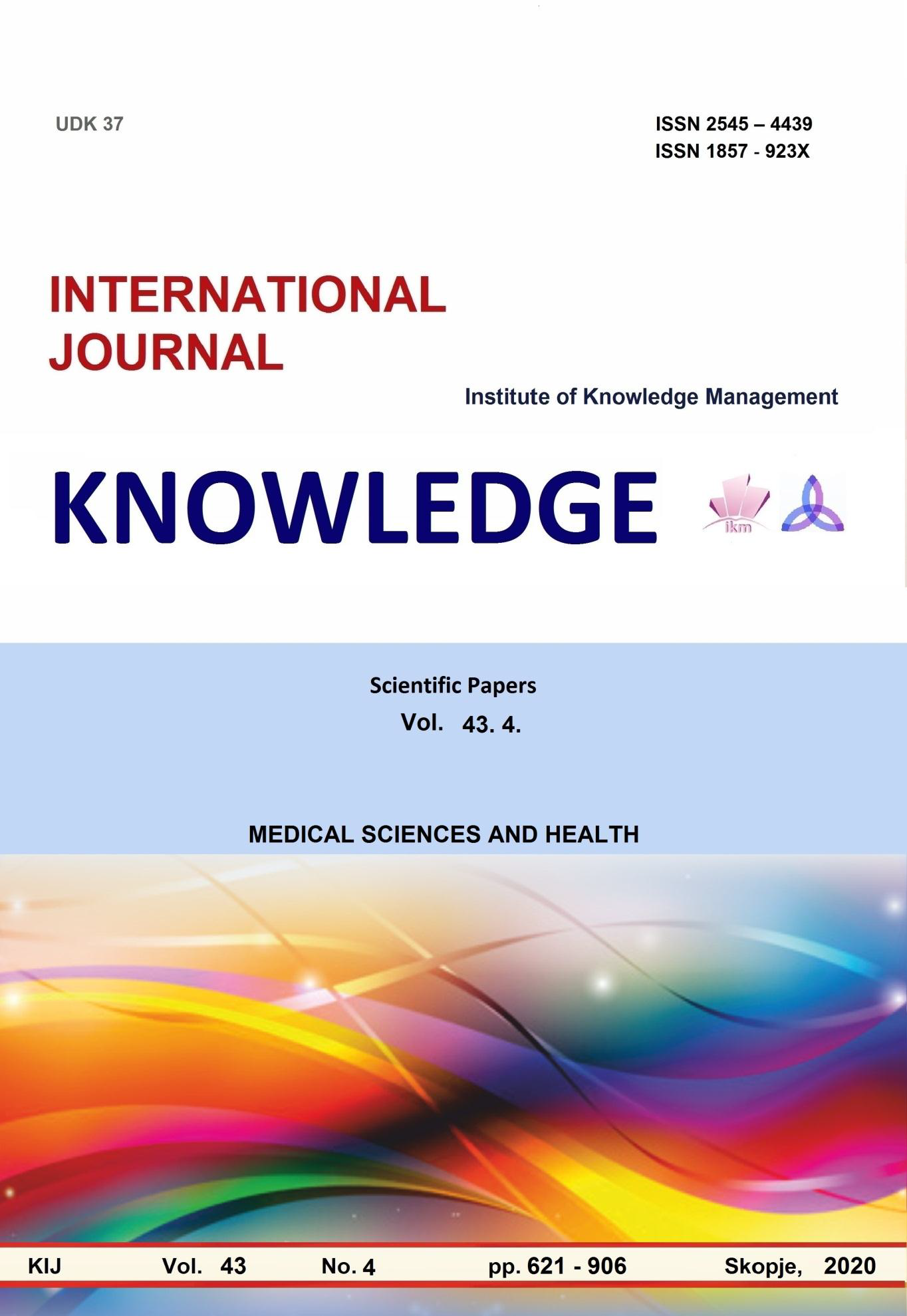THE ROLE OF ADVANCED MAGNETIC RESONANCE IMAGING IN THE EVALUATION OF LONG-TERM CEREBRAL ALTERATIONS IN PATIENTS AFTER MILD TRAUMATIC BRAIN INJURY
THE ROLE OF ADVANCED MAGNETIC RESONANCE IMAGING IN THE EVALUATION OF LONG-TERM CEREBRAL ALTERATIONS IN PATIENTS AFTER MILD TRAUMATIC BRAIN INJURY
Author(s): Polina Angelova, Ivo Kehayov, Atanas Davarski, Aneta Petkova, Grazia Diano, Francesca FarinoSubject(s): Social Sciences
Published by: Scientific Institute of Management and Knowledge
Keywords: Traumatic brain injury; Diffusion Tensor Imaging; fMRI; Susceptibility Weighted Imaging; Magnetic Resonance Spectroscopy
Summary/Abstract: Traumatic brain injury (TBI) is one of the leading causes of morbidity and mortality among people worldwide. It commonly results from high-velocity vehicle accidents, falls from heights, assaults and sport injuries. TBI can be classified as mild, moderate and severe depending on the score on the Glasgow Coma Scale (GCS). In terms of neurosurgical emergencies, accurate imaging diagnosis is essential. In these cases, computed tomography (CT) is the most widely used and readily available neuroimaging modality. Mild TBI (mTBI) presents approximately 90% of all head injuries. A great number of mTBIs are believed to cause only transient functional impairments to the brain due to the lack of sufficient radiological evidence on conventional CT and magnetic resonance imaging (MRI) scans. Generally, the diagnosis is based on the data obtained from the history and the neurological status. In some cases, categorized as ―complicated mTBI‖, CT may present with visible focal contusions consistent with diffuse axonal injury or direct trauma. Although mTBIs are considered as relatively harmless to the brain, they still may lead to progressive cerebral impairments such as postconcussive syndrome, traumatic encephalopathy, sleeping disorders and even neurodegenerative diseases. The need for more detailed evaluation of subtle structural and functional brain changes in different areas of interest is made possible with the utilization of different types of advanced MRI techniques such as Susceptibility Weighted Imaging (SWI), Magnetic Resonance Spectroscopy (MRS), Diffusion Tensor Imaging (DTI) and resting state MRI (rsMRI). Their sensitivity is six-fold higher than conventional CT and MRI for detecting the number, size and location of microscopic structural alterations in patients with mTBI. The data obtained from these MRI sequences in the subacute and chronic stage of the injury can boost the knowledge and understanding about the mechanisms of neuronal damage following mTBI. Additionally, these cutting-edge imaging techniques can lead to more accurate diagnosis, thus resulting in optimal treatment and rehabilitation. Due to the its high incidence, disabling long-term posttraumatic cognitive and neurodegenerative sequelae, mTBI becomes a major social and public health issue. The aim of the current review is to look through the most commonly used advanced MRI techniques for evaluation of structural, functional and metabolic brain changes in patients after mTBI.
Journal: Knowledge - International Journal
- Issue Year: 43/2020
- Issue No: 4
- Page Range: 779 - 783
- Page Count: 5
- Language: English

